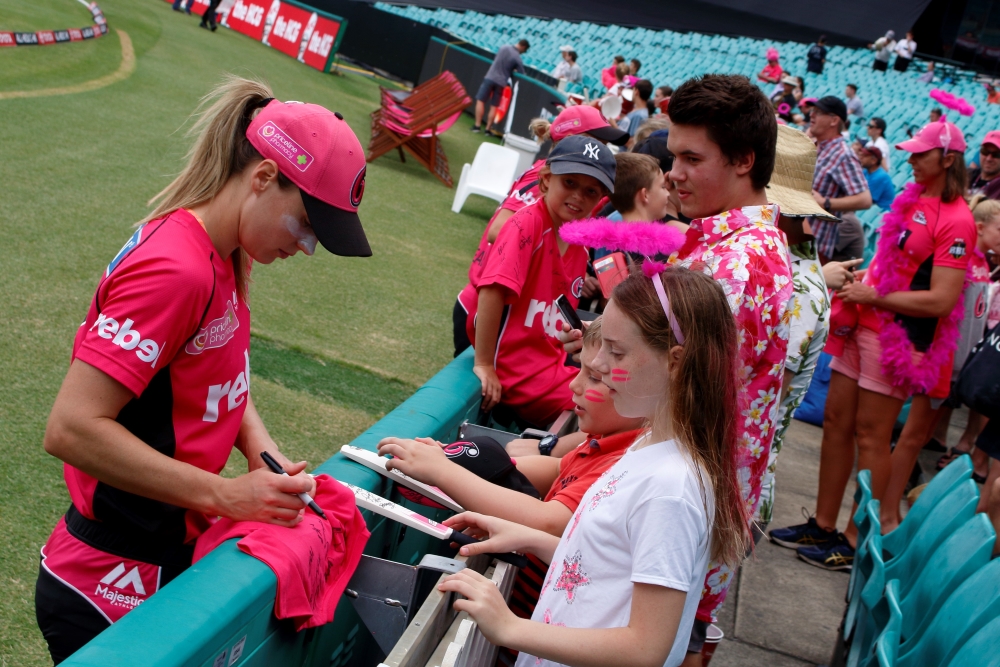Month: January 2017
-

Notes From A Day At The Women’s Big Bash League (WBBL)
I had the great pleasure of attending the Sydney Sixers vs. Perth Scorchers Women’s Big Bash League (WBBL) match at the Sydney Cricket Ground (SCG) on Monday. Any day at the cricket is a good day, but seeing the Sixers in action means I get to see Alyssa Healy and Ellyse Perry – two of […]